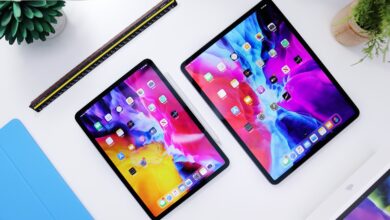The NFT Market: Buying and Selling Nonfungible Tokens

Nonfungible tokens (NFTs) are a major technological breakthrough in the cryptocurrency industry, with potential applications in the reinvention of modern banking and other industries.
Because each dollar is the same in principle, we say that all dollars are interchangeable. Stocks of the same company and commodities with similar characteristics are generally considered to be equivalent. Due to their singular characteristics, digital and physical tokens known as nonfungible tokens (NFTs) cannot be exchanged for other types of investments. Tokens that are not fungible have their own unique IDs and metadata on the blockchain, making it impossible to exchange or compare them.
NFTs have the potential to eliminate intermediaries and bring content creators and audiences together directly through the use of smart contracts and the ability to digitally represent physical goods, with blockchain technology providing authenticity certifications for digital assets. It follows that the concept of NFTs has the ability to radically transform the current crypto and art sectors.
Putting it plainly, what are NFTs?
Nonfungible tokens are “unique” cryptographic digital assets when used to represent works of art, music, virtual real estate, in-game collectibles, films, images, and other forms of creative expression. They don’t exist in the real world, but they’re nonetheless tradable in the same online marketplace as everything else. Rare NFTs, especially those that are one of a kind, fetch a premium price on the open market. They can’t be faked and are easy to check. Non-fungible tokens (NFTs) can be thought of as proof of ownership and transaction history for digital or physical assets that have been recorded on the blockchain.
Investing in Non-fungible tokens
Many would consider it absurd to spend hundreds of thousands, or even millions, of dollars for a collection of image files in formats like PNG or GIF. It’s remarkable that people are willing to spend so much money on something that they can watch, screenshot, and download for free online. Why?
NFTs establish a correlation between social capital (developed via the cultivation of relationships and manifestation of a feeling of community) and monetary prosperity. The immutable records stored in a blockchain are checked automatically. In essence, it enables content creators to digitally “autograph” their NFTs, allowing fans to interact with their favorite creators, acquire physical copies of their works of art, and become official members of the designated group. One of the most effective ways to build one’s social capital by making more connections inside the cryptocurrency sector is to purchase NFTs, also known as “Investment-as-a-Status.”
To purchase NFTs, where can I go?
There are a number of online marketplaces devoted to cryptocurrencies where nonfungible tokens can be purchased and sold. It’s not true that all NFTs function similarly or have the same features. Even so, the vast majority are developed on the Ethereum blockchain. In addition to Ethereum, other blockchains including Cosmos, Polkadot, and Binance Smart Chain also provide NFT services.
Other factors, such as whether or not an NFT marketplace supports key NFT standards and file formats, whether or not an NFT platform is accessible, and the cost to create (or mint) an NFT, may be more important to content creators than purchasers.
Buying and selling NFTs
Selling newly minted NFTs (the means for content providers) and selling previously purchased NFTs (the means for collectors) are the two primary methods of monetizing NFTs.
The first path is where the process of creating nonfungible tokens, often called minting, will ultimately go. The term “minting” is used to describe the simple process by which content that represents something unique, such as a work of art, a collectible, a song, a meme, etc., is converted into a non-fungible token (NFT) and “tokenized.” For this reason, these digital items can now be bought, sold, and digitally traced even after they have been resold.
Promoting NFTs
In the same way that selling newly generated NFTs is straightforward, selling accumulated nonfungible tokens is also straightforward.
Collectors can easily resell their NFTs on the secondary market at any time. First sales of an NFT are considered “primary market,” while all subsequent resales are considered “secondary market.” In order to trade NFTs, collectors will need access to their preferred NFT marketplace, a cryptocurrency wallet, and a suitable amount of bitcoin.
The main difference is that, from now on, consignors cannot require sellers to pay them royalties on any NFTs being sold. A royalty payment will be made out of all future sales to compensate the original developers of NFTs and associated wallets.




